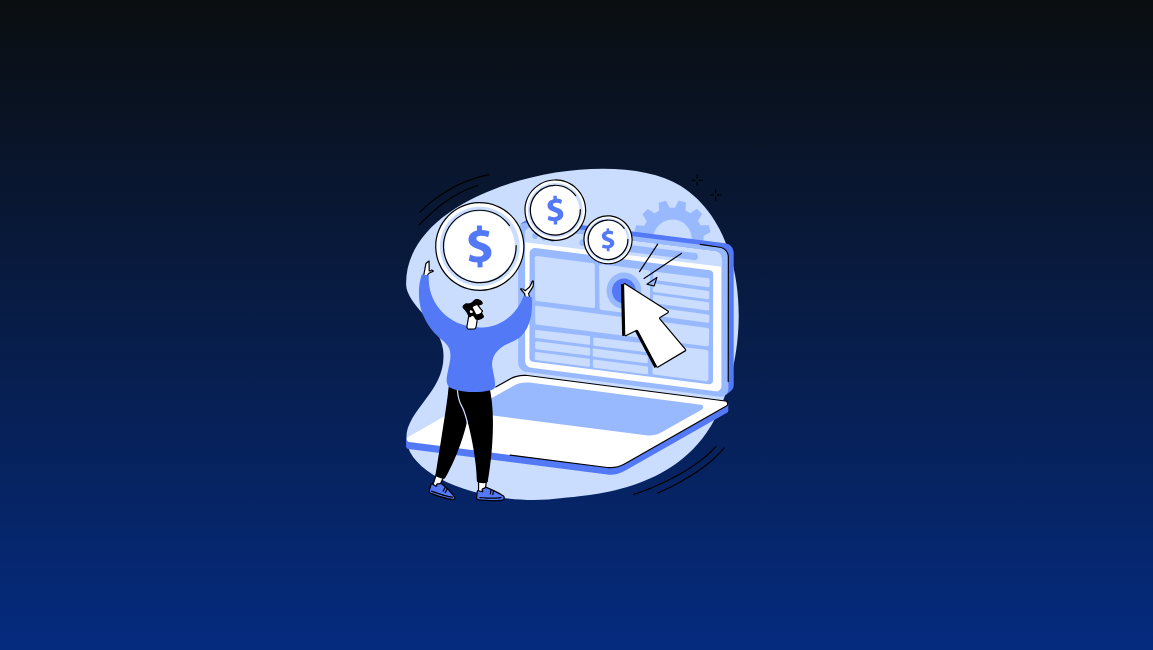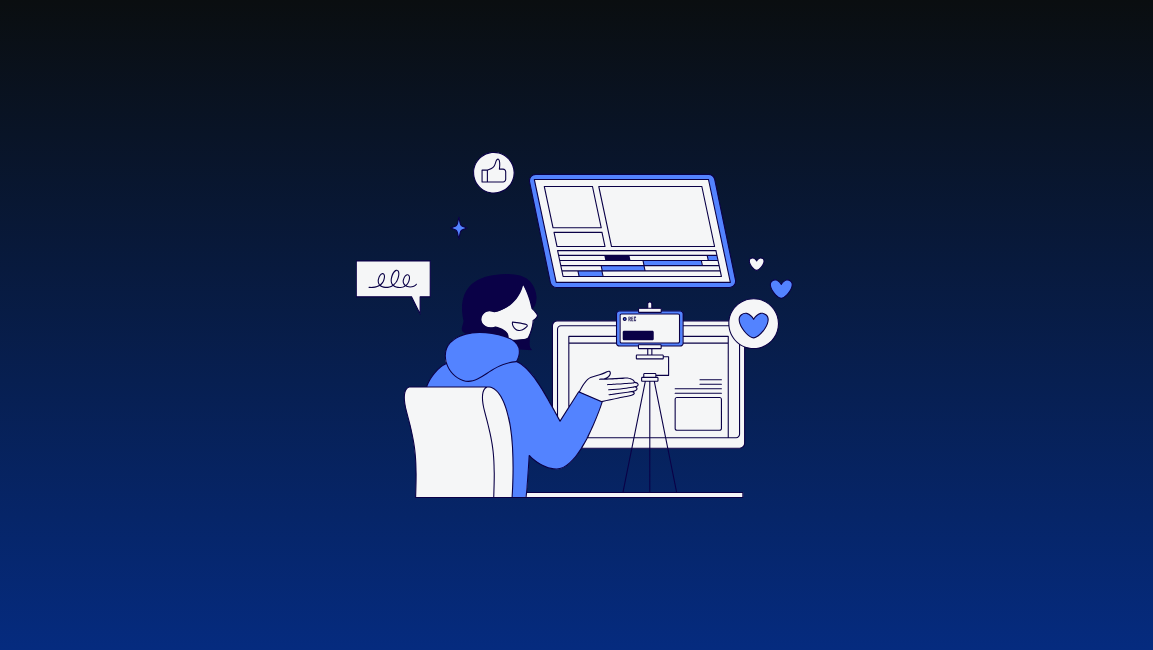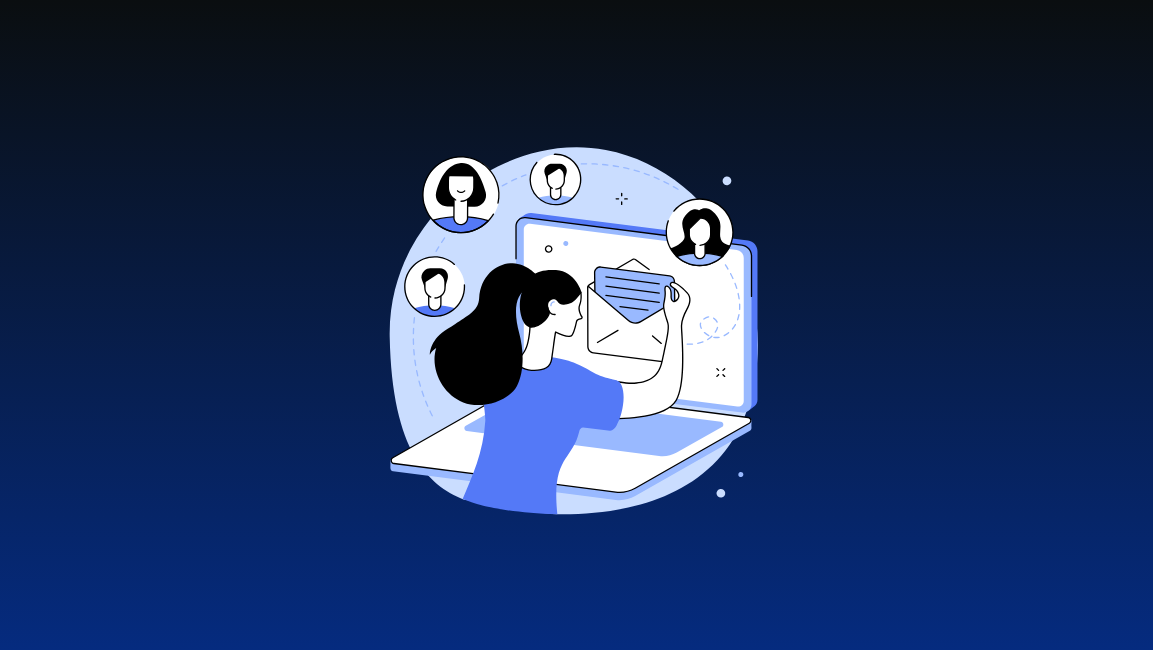Master Customer Acquisition Cost: 5 Strategies for Success
If you’re running an e-commerce business, it’s easy to get caught up in increasing your number of customers. But here’s the thing: there’s a whole lot more to customer acquisition that needs to be considered, like your customer acquisition cost (CAC).
When you ignore your customer acquisition cost, you risk unsustainable growth. Without understanding the cost (sales or marketing expenses) associated with acquiring each customer, you may end up acquiring customers unprofitably. The converse is true too: if you overestimate your CAC and pull back your sales expenses, you might be missing out on potential customers and revenue.
It’s all about finding the right balance—spending enough to attract new customers and increase total sales, without compromising profitability. Keep reading as we explore why CAC is so important, how you can calculate it, and some tips to optimize your acquisition costs.
What is Customer Acquisition Cost?
Customer acquisition cost, also known as CAC, is what it costs your business to bring in one new customer. This includes all your marketing costs over a specific period to gain each new customer. This metric is crucial for understanding your company’s profitability in the long run.
How to Calculate Customer Acquisition Cost?
To figure out your customer acquisition cost, the formula is pretty simple:

Let’s understand it with channel-specific customer acquisition costs for some of the most popular acquisition channels:
1. Facebook Ads
The formula is –
Facebook ad spend during a particular period / Total new customers acquired in that period
So suppose you spent $5000 in 1 month and the number of new customers you acquired was 625, your CAC is $8.
On Facebook, your CAC depends heavily on your CPM (cost per mille). CPM is essentially Facebook’s cost of showing your ad 1000 times (1000 impressions).
2. Google Ads
The formula is –
Google ad spend during a particular period / Total new customers acquired in that period
So if you spent $10,000 in a month and acquired 150 new customers, your CAC is $66.66
On Google search, your customer acquisition cost (or cost per conversion) depends on your cost per click (CPC) as opposed to CPMs. Other Google advertising methods like YouTube and Display, work on CPMs, similarly to how Facebook works.
Your CPCs are determined by multiple factors, including the bids you set (if on Manual CPC), how many advertisers are running in the same auction, and the bids that your competitors set for the same keywords.
3. TikTok Ads:
The formula is –
TikTok ad spend during a particular period / Total new customers acquired in that period
If your customer base is GenZ, you might want to try out TikTok to attract your target audience.
Jason Wong, the founder of an ecommerce store Doe Lashes, got amazing results after using TikTok ads. They were able to decrease their CAC by a whopping 60%, compared to what they were paying on Facebook.
What is a Good Customer Acquisition Cost?
You might be wondering what is a good CAC? In short, it depends. Factors like sales cycle length, purchase value, and customer lifespan significantly impact your acquisition cost. Here are the average customer acquisition costs as per different channels:
- Facebook ads: The average cost of customer acquisition using Facebook ads is $31.9. (source: Wordstream)
- Google ads: The average cost per acquisition in Google ads is as follows (source: Wordstream)

Source: Storegrowers
However, to determine if your customer acquisition cost is good, compare it to the customer lifetime value (CLV).
➡️ CAC represents the cost of acquiring a new customer
➡️ LTV reflects the total value a customer brings over time.
So ideally, your customer acquisition cost should be lower than your customer lifetime value, so that revenue generated from a customer over time surpasses the amount you spent to acquire them. So, not only is your CAC important, but so is your LTV to CAC ratio.
Factors Affecting Your Customer Acquisition Cost
Understanding the factors that influence your customer acquisition cost is key to making smart, cost-effective marketing decisions. By breaking down these components, you can better manage your resources and optimize your strategies. Let’s dive into the main factors that affect your CAC:
Ad Spend
For many businesses, advertising is a key strategy for attracting new customers. Ad spend is the key metric that refers to the total amount of money allocated to advertising across platforms like Google Ads, Facebook, Instagram, and LinkedIn.
When it comes to paid search ads, the main component that impacts your customer acquisition cost will be your cost per click.
In paid social ads, the component will be cost per mille which is basically the amount you pay to the platform for every 1000 impressions your ad receives.
Hidden Factors Affecting CAC
Apart from your Ad Spend, some other hidden expenses often get ignored as they are not directly related to running ads on a platform. However, they can affect your acquisition cost as well. These are known as your “hidden costs.”
Let’s take a look at them:

Software Expenses
Software expenses cover the costs of tools and platforms supporting your marketing and sales efforts, such as CRM systems, email marketing software, analytics tools, and social media management platforms.
While these tools enhance efficiency and effectiveness, they can also incur high expenses. So balancing the investment in software with its value is crucial.
Employee Hours Invested
The time your team invests in acquiring new customers significantly impacts your CAC. This encompasses the hours dedicated by your marketing team to content creation, campaign management, and engaging with prospects, as well as the sales team’s efforts in nurturing leads and closing deals. The cost of employee hours includes salaries, benefits, and other related expenses.
Efficient utilization of your team’s time, achieved through proper training and effective project management, is key to controlling these costs. Conversely, inefficiencies or overstaffing can drive up your CAC.
5 Strategies to Reduce Your Customer Acquisition Cost
Keeping your customer acquisition cost under control is important as well as complicated. Because you don’t want to decrease your acquisitions along the way. But don’t worry, by implementing these 4 simple yet effective strategies, you can slash your CAC and boost profitability:
Build Customer Affiliate Programs
⛄️ Customer referrals: Where your customers act as your brand advocates and promote your product in return for rewards for every successful purchase.
Happy and satisfied customers are more likely to refer you to their friends and family which can create a huge difference in your acquisition cost. Therefore, you need to encourage referrals as much as possible. Wondering why?
The biggest reason is that affiliate marketing has predictable costs. What you pay per click while running ads is not completely in your control. But what you’ll pay to your affiliates and new customers as rewards for referring you and buying from you is totally under your control. Apart from that:
- Customers acquired through referrals often have a 25% higher customer lifetime value, which is a whopping figure.
- On top of that, you are not investing much upfront to get these customers, unlike in paid acquisition channels where you have to pour in a lot of money even before getting any returns.
- Additionally, you can run affiliate marketing with multiple types of audiences, namely:

Setting up a referral program can be a game-changer for your business, just like it was for Outway Socks. Their ad spending was increasing rapidly – almost 3x in 12 months, and their customers were not incentivized to generate referrals. They turned the tables in their favor by integrating with Social Snowball and offering exciting rewards to their customer affiliates.
Within just 24 hours of launching their referral/customer affiliate program, they surpassed their 1-week goal of onboarding 1,000 customers to their program. By the end of that week, they had more than 5,000 active customers, and after 2 months the number rose to 10,000 people eagerly sharing their love for Outway with friends, family, and on social media. Outway’s referral program was attributing over 9% of their total revenue at a 5X ROI.

Here’s a customer sharing their promo code on Instagram:

With Social Snowball, you can turn your referral program into a revenue engine by treating customers as affiliates and offering them compelling incentives while keeping your customer acquisition costs low. We help you organize all your affiliate marketing efforts without any hassle.
Build Influencer Affiliate Programs
⛄️ Influencer affiliates: Where you partner with niche influencers to promote your products in front of their huge audience base and you pay them generous cash rewards for each sale.
In recent years, advertising costs have skyrocketed. Influencer marketing is a great way to combat this, and have predictable acquisition costs.
Similarly to customer affiliate programs, with influencer programs, you’re setting your costs yourself. Partnering with micro-influencers in your niche is a great way to keep your costs low while still generating a substantial ROI.
With Social Snowball, you can set up different program tiers for both your influencer and your customer affiliates. You can even seed your product directly to your influencers through Social Snowball as well, and then manage their payouts and performance directly through the app.

Use Organic Channels to Build a Community
Leveraging organic channels presents can be a budget-friendly and effective strategy for acquiring customers without burning a hole in your budget. Let’s take a closer look at two vital organic channels: social media and search engines.
Organic Social
Growing your social media presence organically can be a cost-effective strategy for businesses to attract new customers. By sharing valuable content tailored to your audience’s interests and being consistent with your interactions, you can increase engagement and foster connections with followers. Encouraging customers to share their experiences and teaming up with influencers and brand advocates can further amplify your brand’s reach and credibility.
Sweet Dreams, an e-commerce brand selling sleeping gummies, faced rising customer acquisition costs on Facebook. However, they successfully reversed the trend by launching a massive TikTok creator program with Social Snowball. At present, they have 528 posts created by influencers and customers on their hashtag page #mysweetdreams.

This generated 25% of their total revenue at a 40% lower cost per acquisition compared to paid ads. And if we talk about the brand awareness these posts have gotten for the company, that’s going to be a whole new benefit. For instance, a creator named madeline_amerman’s post has got 562 likes, 15 comments, and 101 saves!

Organic Search
When you optimize for organic search, you’re drawing in customers who are actively seeking products or services similar to yours. You can do this by fine-tuning your content. Begin with some keyword research to find those valuable words that fit naturally into your website copy, blog posts, and meta tags.
So for instance, if you search for a t-shirt, in the beginning, you’ll see all the sponsored ads pop up (another acquisition channel marked with red), and below that are the organic results.

If you optimize your website for SEO and consistently put in the work, more people will be able to find you online without having to rely too much on paid ads. The only problem with this is, that organic search will test your patience as it’s a slow and time-consuming process.
A/B Test and Analyze Highest Performing Campaigns
Managing an online store comes with constant changes—be it evolving consumer preferences, market shifts, or new product releases. As a result, lowering customer acquisition costs becomes an ongoing challenge.
A/B tests can help you figure out what customers like and what makes them click that buy now button. By comparing different options, like how a website looks or what kind of discounts or gifts are getting you more conversions, you can spot trends early and tap into them.
This allows you to deliver user experiences that secure first-time purchases, potentially reducing CAC and boosting revenue.
Suppose you want to launch a customer affiliate program and an influencer affiliate program at the same time to see how it’s working for your brand. With Social Snowball, you can launch both campaigns without any problem and track your metrics on the same dashboard.
Once you log into your account, just click on “Programs” and all your campaigns will be right in front of you.

Such experiments can give you a deeper understanding of your customers plus what works in your business. Constantly track the results, enhance the user experience, and bring down your acquisition costs gradually.
Email Marketing to Retarget Past Customers
A great way to save on customer acquisition costs is by using email marketing to reconnect with past customers. By sending personalized emails, promotions, or product recommendations to previous buyers, you can encourage repeat purchases and capitalize on existing relationships, leading to higher conversion rates compared to acquiring new customers.
Fanjoy successfully generated $100K in new incremental revenue in 4 months with the help of Social Snowball. How? By integrating their affiliate program into post-purchase emails using Social Snowball’s Klaviyo integration, Fanjoy streamlined the process of customer promotion.
As a result, customers receive a thank-you email and a series of other emails explaining how to earn commissions by promoting Fanjoy’s products. And if they don’t join immediately, Fanjoy sends a reminder within 24 hours.
Here’s what Garrett Mehr said about their partnership with us:

Bonus Tip 💡: Focus on improving customer retention
Another strategy to reduce customer acquisition costs is by focusing on retaining the ones they already have.
This is because existing customers already love your products and have chosen to become paying customers. This makes it easier to encourage them to buy more from you compared to convincing someone brand new to try your products.
So, how to improve customer retention? Here’s how:
- Get customer feedback through surveys, reviews, etc. Listen to what they say.
- Start a loyalty program to reward your recurring customers with perks and discounts.
- Provide educational resources like guides and tutorials to help customers get more value.
- Closely track your churn rate – how many customers you’re losing over time.
Taking these simple steps will improve your customer service and will show that you value them. Give them incentives to keep choosing you, identify their problems and fix them to make sure they never leave you.
Conclusion
With new e-commerce businesses constantly entering the market and established ones vying for attention, it might seem like lowering your customer acquisition cost is an uphill battle. But with the right approach and the right tools, it’s totally achievable.
Always remember, that reducing your acquisition cost is like a marathon. It takes a lot of patience and effort.
Whether you’re highlighting your best-selling products or experimenting with different ad campaigns to find the winning formula, every little victory adds up over time, leading to enhanced profitability and growth.
The trick is to look for channels or strategies that give you full control over your acquisition costs such as running referral or affiliate marketing strategies. With Social Snowball, you can launch and manage both campaigns effectively.
Ready to take your first step and start your journey to better customer acquisition costs? Book a demo from our team at Social Snowball. Let us show you the power of building your campaigns around word-of-mouth marketing and it can reduce your customer acquisition significantly.




